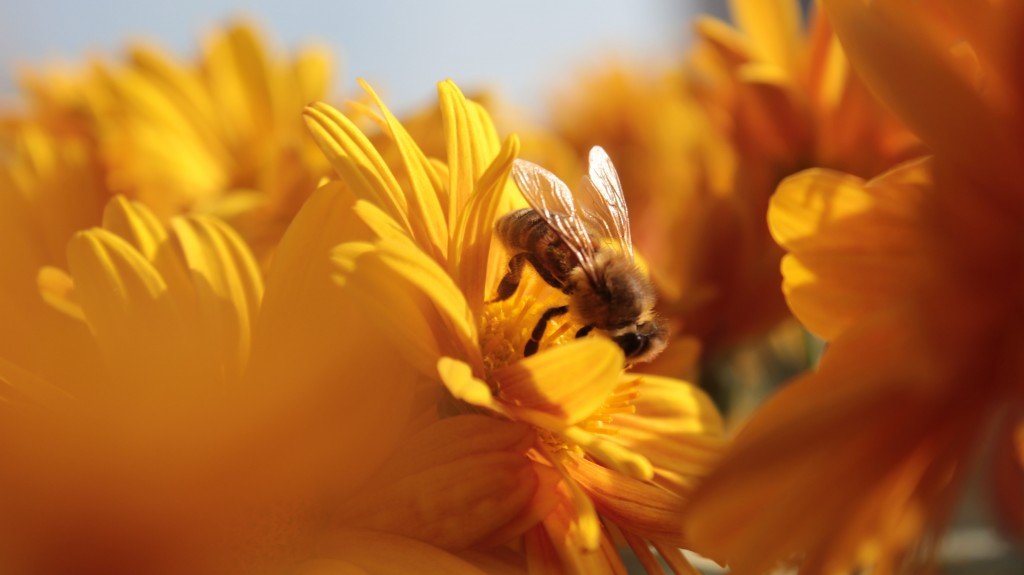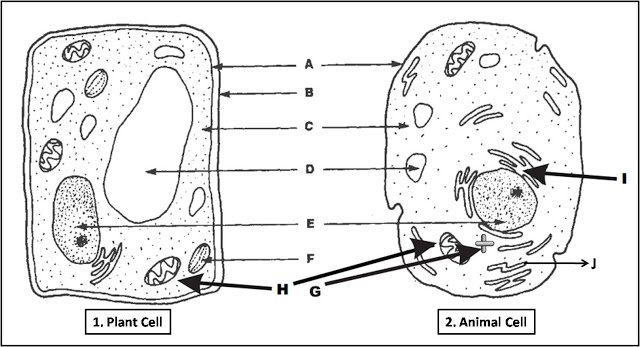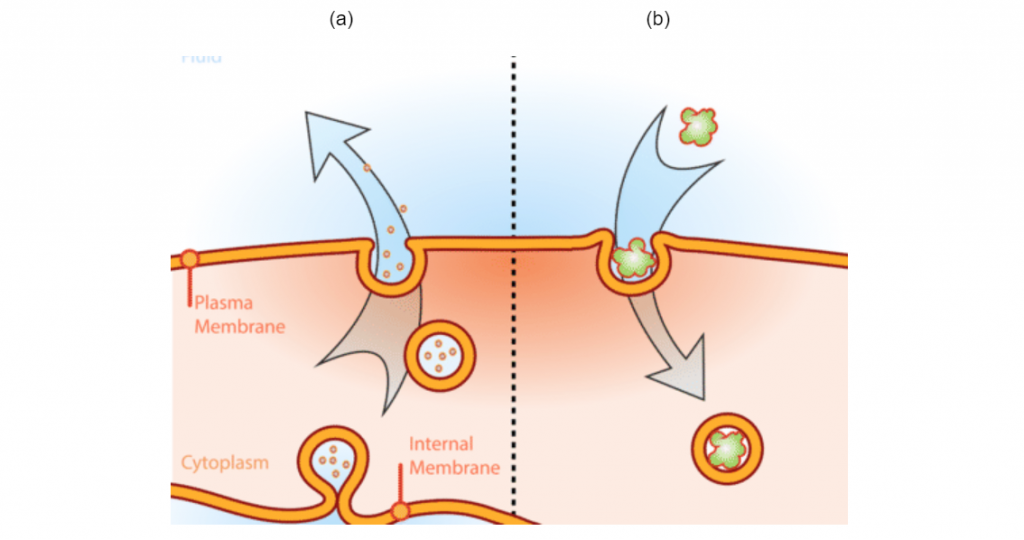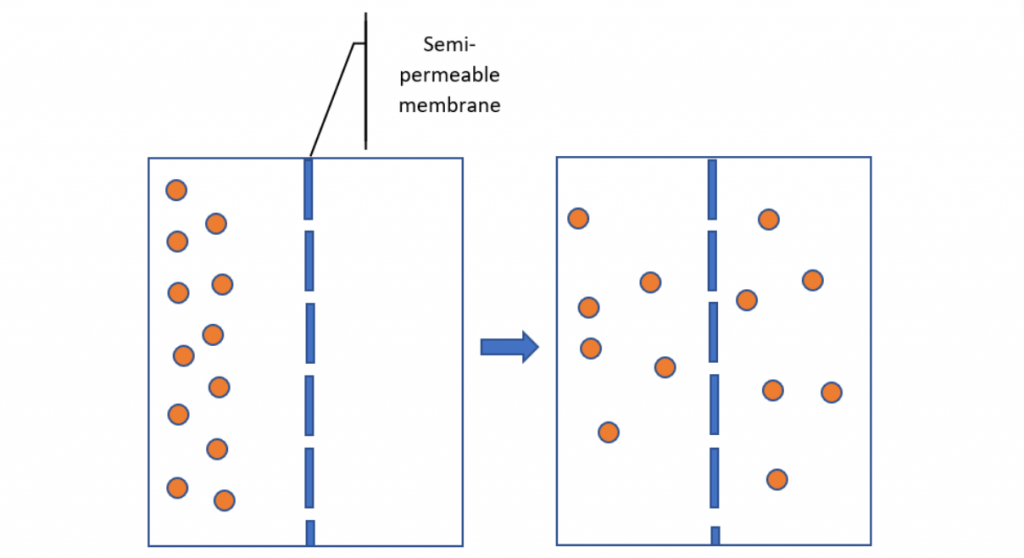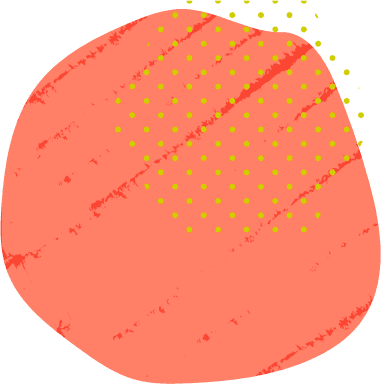The first module of Preliminary Biology: Cells as the Basis of Life introduces us to the bare bones of Biology and the fundamental tenets of life on the molecular scale.
Unlike the old syllabus, we’re starting small, then applying the intricacies of molecular biology we’ve learnt in this module to the following ones!
This module deals with 2 main topics:
- Cell structure: how different cells and their structures are characterised
- Cell function: the coordination of biochemical processes necessary for cells to function and regulate their internal environment
Learn more about the content of this module with our Complete Guide to Biology Year 11 Module 1: Cells as the Basis of Life!
Now that we’ve briefly summarised the topics we’ll be dealing with, let’s put our knowledge to the test with these 20 exam style questions across the Cell Structure and Cell Function topics in Cells as the Basis of Life!
Cell Structure
Question 1
Which of the following statements is true? (1 mark)
a) A eukaryotic cell has a well defined nucleus and no membrane bound organelles
b) A prokaryotic cell has no defined nucleus and has membrane bound organelles
c) A eukaryotic cell has a simple cell wall
d) A prokaryotic cell has no cell wall
(investigate different cellular structures, including but not limited to examining a variety of prokaryotic and eukaryotic cells)
Question 2
Where is the DNA in a eukaryotic cell located? (1 mark)
a) In the cytoplasm
b) In the nucleus
c) In the mitochondria
d) Eukaryotic cells do not contain DNA
(investigate different cellular structures, including but not limited to examining a variety of prokaryotic and eukaryotic cells)
Question 3
The diameter of a typical prokaryotic cell ranges between: (1 mark)
a) 2 – 10 micrometres
b) 1 – 5 micrometres
c) 1 – 10 micrometres
d) 0.1 – 5 micrometres
(investigate different cellular structures, including but not limited to examining a variety of prokaryotic and eukaryotic cells)
Question 4
Which class of microscope would you use if you wanted a detailed image of the outer surface of a cell? (1 mark)
a) Optical microscope
b) Scanning electron microscope
c) Transmission electron microscope
d) Fluorescence microscope
(describe a range of technologies that are used to determine a cell’s structure and function)
Question 5
What is the function of the organelle pictured below? (1 mark)
Image sourced from: Kimball’s Biology Pages
a) Contains and protects genetic material (DNA)
b) Synthesises proteins
c) Site of ATP synthesis
d) Transports, modifies and packages proteins
(investigate a variety of prokaryotic and eukaryotic cell structures)
Question 6
Outline the 3 main principles which make up the Cell Theory. (3 marks)
(investigate different cellular structures)
Question 7
a) Identify the main function of a Transmission Electron Microscope (TEM). (1 mark)
b) In the space below, draw a table to separate the pros and cons of using a Transmission Electron Microscope. (3 marks
(describe a range of technologies that are used to determine a cell’s structure and function)
Question 8
The phospholipid bilayer forms the basis of the plasma membrane. Illustrate a model of the phospholipid bilayer and label the following components: (6 marks)
a) Hydrophilic head
b) Hydrophobic tail
c) Extracellular space
d) Cytoplasm
e) Proteins
f) Cholesterol
(modelling the structure and function of the fluid mosaic model of the cell membrane)
Question 9
‘Organelles in a cell can be likened to machines in a factory’. Assess the accuracy of this metaphor in describing the function of organelles within a cell. (5 marks)
(comparing and contrasting different cell organelles and arrangements)
Question 10
For each of the following labels (A-J), identify what organelle each label is pointing out. (5 marks)
Image sourced from Quizbiology
(comparing and contrasting different cell organelles and arrangements)
Cell Function
Question 11
Osmosis is best defined as the passive movement of __________ into a region of ___________ concentration.
Which of the following terms, in order, would most accurately fit into the above statement? (1 mark)
a) Solutes, high solute
b) Solvent, high solute
c) Solvent, low solute
d) Solute, high solvent
(conducting a practical investigation modelling diffusion and osmosis)
Question 12
Which of the following factors can affect the rate of diffusion of a molecule? (1 mark)
a) Size of the molecule
b) Temperature
c) Concentration gradient
d) All of the above
(conducting a practical investigation modelling diffusion and osmosis)
Question 13
Heterotrophs are different to autotrophs due to: (1 mark)
a) Heterotrophs being multicellular
b) Heterotrophs being unable to generate their own food
c) Heterotrophs being able to generate their own food
d) Heterotrophs using inorganic carbon as their carbon source
(suitable forms of energy, including light energy and chemical energy in complex molecules)
Question 14
Which of the following chemical equations for photosynthesis is correct? (1 mark)
(investigate the biochemical processes of photosynthesis, cell respiration and the removal of cellular products and wastes in eukaryotic cells)
Question 15
Biological catalysis (a catalytic reaction) requires what components? (1 mark)
a) Proteins / Enzymes
b) Substrate / Proteins
c) Enzymes / Substrate
d) DNA / Enzymes
(investigate the effects of the environment on enzyme activity through the collection of primary or secondary data)
Question 16
Identify and describe the two processes displayed in the diagram below. (4 marks)
Image sourced from CK-12
(examining the roles of active transport, endocytosis and exocytosis)
Question 17
a) Identify the biological process that has occurred in the diagram below (1 mark)
b) Explain how you came to this conclusion. (2 marks)
Note: The orange circles represent molecules of solute suspended in solvent.
(conducting a practical investigation modelling diffusion and osmosis)
Question 18
Outline the differences between anabolism and catabolism. (2 marks)
(conduct a practical investigation to model the action of enzymes in cells)
Question 19
Explain why the removal of waste from cells is necessary for optimal cell function. (3 marks)
(removal of wastes)
Question 20
a) Predict what you would expect to occur to the reaction rate of a catalytic reaction if the temperature of the reaction dropped significantly? (1 mark)
b) Explain your reasoning. (2 marks)
(conduct a practical investigation to model the action of enzymes in cells)
And that wraps up our 20 practice questions for Year 11 Biology Module 1: Cells as the Basis of Life – happy studying!
Aiming for a Band 6 in HSC Biology? Check out our article here!
Looking for some extra help with Cells as the Basis of Life?
We have an incredible team of Year 11 Biology tutors in Sydney and mentors who are new HSC syllabus experts!
We can help you master the Year 11 Biology syllabus and ace your upcoming Year 11 Biology assessments with personalised lessons conducted one-on-one in your home or at our state of the art campus in Hornsby!
We’ve supported over 8,000 students over the last 10 years, and on average our students score mark improvements of over 20%!
To find out more and get started with an inspirational Year 11 Biology tutor and mentor, get in touch today or give us a ring on 1300 267 888!
Alex Gao is an Art of Smart mentor and blogger who is passionate about teaching students the skills and know-how of high school. Alex has a great interest in the field of Biology, avidly blogging about the topic whilst also aspiring to become a Biomedical Engineer. Alex graduated in 2018 and was listed on the Distinguished Achievers list for Advanced English, Extension 1 English and Biology.

